By Avni Gandhi
The number of language books available to us continues to expand each day. With the growth of the diaspora throughout the world, there is a growing demand amongst second-generation parents for educational books that introduce kids to their native Indian languages. But buyer beware! Not all of these books will have the type of educational impact we hope they should have on our children.
Here are a few things to keep in mind when choosing a language book for your kids:
1. Select a book that you can also read. This may require another step, which is to increase your own familiarity with the language. Expecting your child to be able to read a language that you yourself cannot read is very unfair and also unrealistic. We must take an interest in the language and lead by example. If you yourself have learned to read, then you will be able to read along with your child and help in the educational process.
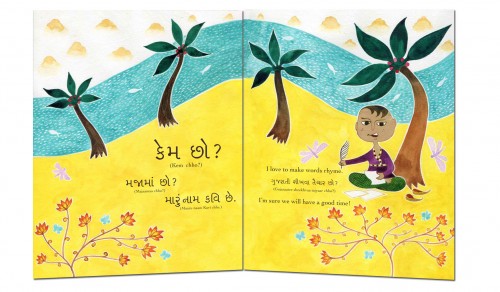
If you never learned to read your mother tongue, what better time to start than now, and what better motivation than the goal of passing this skill on to your child? Find books that are transliterated so that you can read and teach yourself. This was a major emphasis of mine when I wrote Ka Kaachbaano Ka. I wanted the book to be accessible to a parent who has never learned how to read Gujarati. The bottom line is that if you cannot read the book, your child will likely not be able to either (unless you find an excellent teacher).
2. Look for books with strong visuals and rhymes! Because you are asking your child to read in another language, if there is too much text, he/she may get frustrated and become uninterested. To avoid this, find books that kids can follow along with simply by looking at the images.
Find books with bright colors and vivid images, and don’t worry too much about the text. Books made out of cardboard or fabric are also easier to handle for their little hands. And of course, rhymes, rhymes, and more rhymes! Kids love music and rhythm, and there is no better way than to read books that rhyme.
Rhymes stick with kids and they can memorize the words quickly, which makes reading even more exciting for them. Even if they’re not actually reading the letters, the fact that they can recite what the page says gives them confidence, which leads to them taking further interest in the language. When I was writing Ka Kaachbaano Ka, I wanted to give my kids something that they could become attached to. I still remember being in kindergarten in India and reciting English nursery rhymes – I felt like English was the coolest language ever. There is something about a rhyme that makes it fun, and if a language book can provide that, it’ll only help develop your child’s excitement.

3. Start with books that connect your child to Indian culture. Language and culture are incredibly intertwined. One of the best ways to create an interest and curiosity about our Indian languages is to connect your children to the culture.
Rather than jumping directly into books with the foreign alphabet, start with books about Indian festivals, Indian characters or stories from ancient Indian literature (I love the books by Bharat Babies for this purpose!).
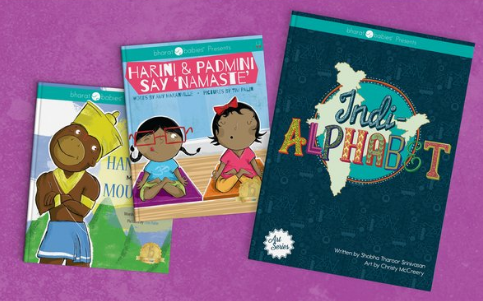
By introducing cultural themes and concepts to children, they are more likely to take interest in books that are in a foreign language, which are often related to traditional topics. For example, if they have never heard the story of Rama and Sita, a book in Gujarati about The Ramayana will simply fail to engage them. However, if they are familiar with the story, then a book in a foreign language is likely to create a desire to learn the language because they will want to be able to read the story themselves.
4. Pick books that blend cultural themes and concepts into Western contexts. While we all want our kids to know about our ancient heritage, the problem is that our kids may not be able to connect with purely traditional stories and ideas. There is absolutely nothing wrong with the traditional and ancient elements, but they should be introduced in a manner that is fun and engaging for your child. Look for books that have topics that your child is interested in, or topics that your child already has some familiarity with.
For example, most children know the story of The Tortoise and the Hare. When they see this in a new language, the familiarity gives them a sense of comfort and retains their attention. As a parent, you have to keep reminding yourself that just because something is highly educational, it does not mean you should force it upon them. Just like we want to read something that’s exciting and engaging, kids are the same way. If you give them the right book, every child will love reading.
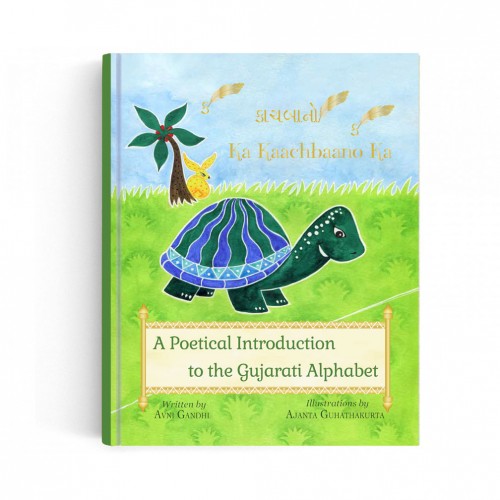
5. The Five Finger Rule: In school, I was taught to use the five finger rule, which really helped me understand how to choose the right books for myself. The rule is simple: flip to a random page in the book and every time you do not understand a word, you put up a finger. The goal is to have 2-3 fingers up.
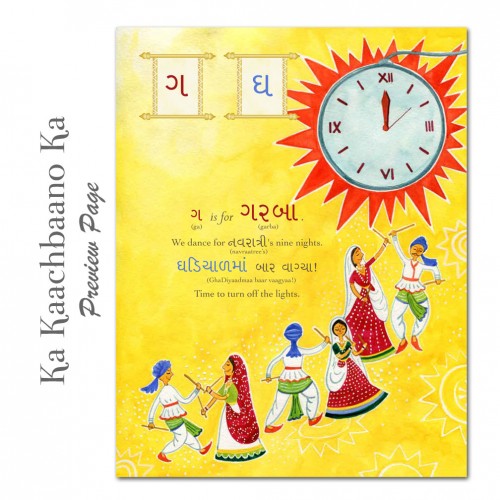
If your child cannot understand more than 5 words on the page, the book is probably too hard. While increasing difficulty may seem like a great way to challenge your child, remember that if it is too challenging, they are likely to get discouraged and just give up. It is important to challenge them, but it has to be just the right amount.
Pick books that use words they have heard rather than rare, traditional words that are hardly used in conversation.
After you and your kids have found the books that you want to read, make it a family event. As we know, kids enjoy doing what adults do. Therefore, carve out time in your daily schedule for reading! For the younger kids, read with them or read to them, and for older kids, have them read to you! I remember how I used to love being the “adult” in the room and reading stories to my parents. For us, there was no better way to spend family time than cuddled up, under a blanket, warm and cozy, with nothing but a few books 🙂
What books have your kids loved best? Share your thoughts with us on how you pick language books below!
©masalamommas and masalamommas.com, 2016-2017. Unauthorized use and/or duplication of this material without express and written permission from this site’s author and/or owner is strictly prohibited. Links may be used, provided that full and clear credit is given to masalamommas.com and Masalamommas online magazine with appropriate and specific direction to the original content.


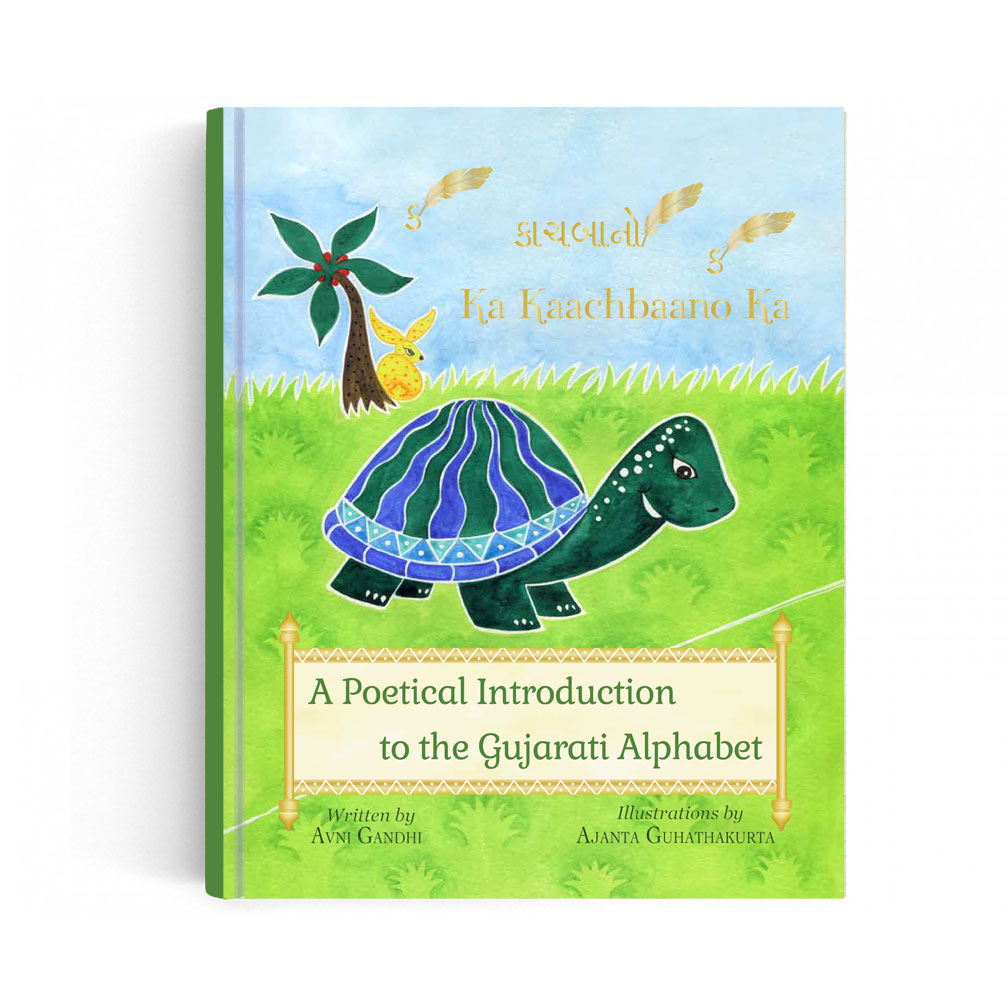
There are no comments
Add yours